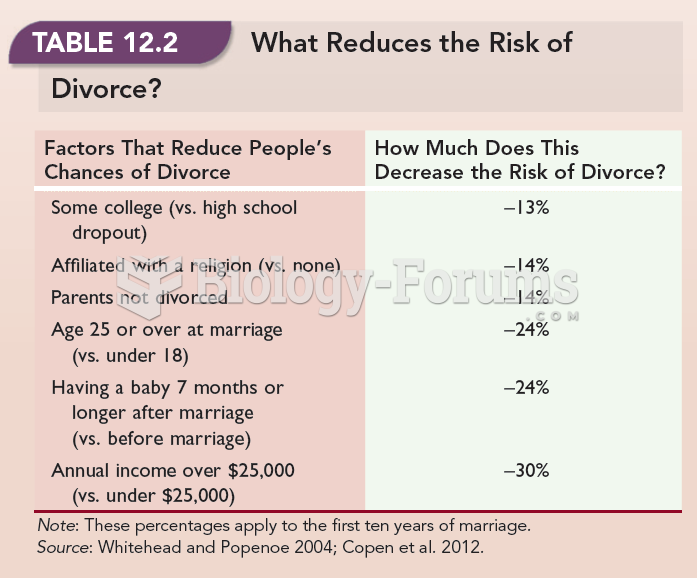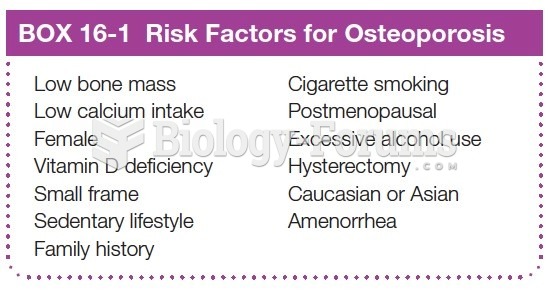This topic contains a solution. Click here to go to the answer
|
|
|
Did you know?
The first oncogene was discovered in 1970 and was termed SRC (pronounced "SARK").
Did you know?
The term bacteria was devised in the 19th century by German biologist Ferdinand Cohn. He based it on the Greek word "bakterion" meaning a small rod or staff. Cohn is considered to be the father of modern bacteriology.
Did you know?
Cyanide works by making the human body unable to use oxygen.
Did you know?
Excessive alcohol use costs the country approximately $235 billion every year.
Did you know?
There are 60,000 miles of blood vessels in every adult human.







